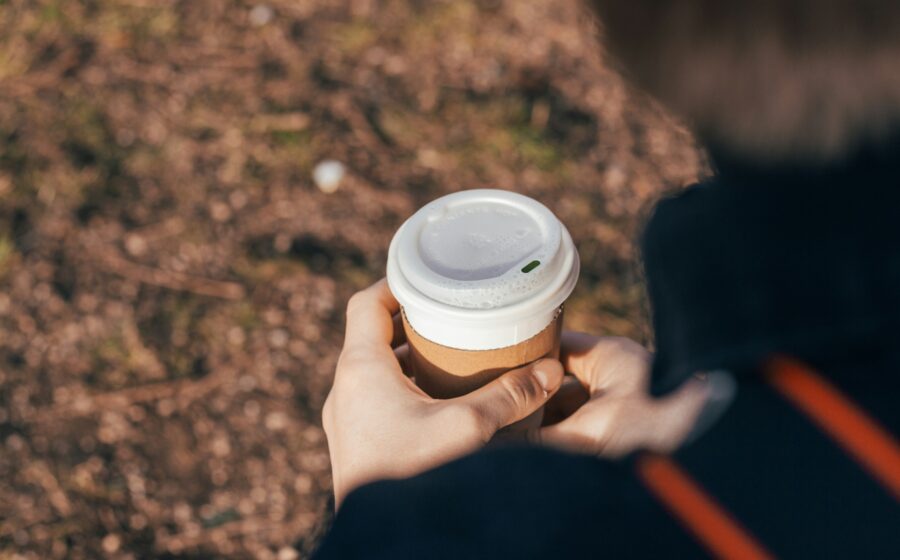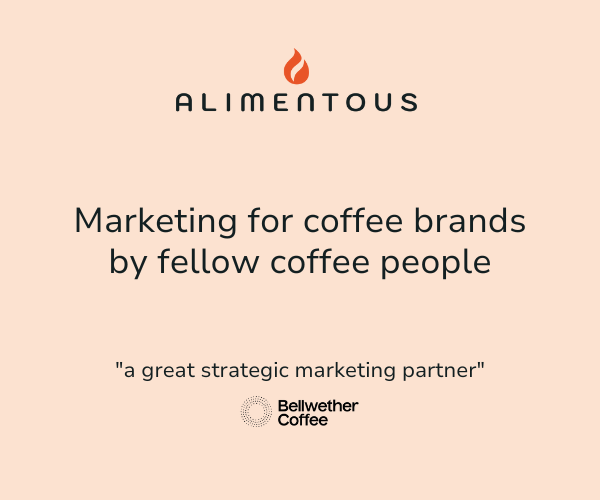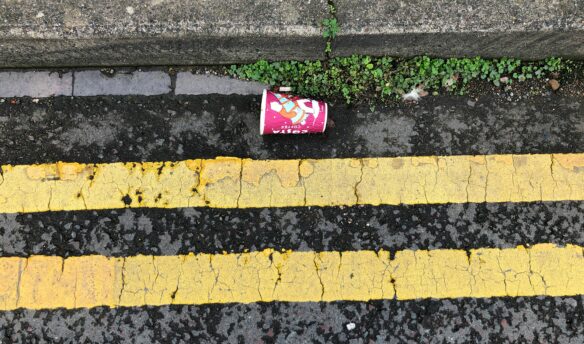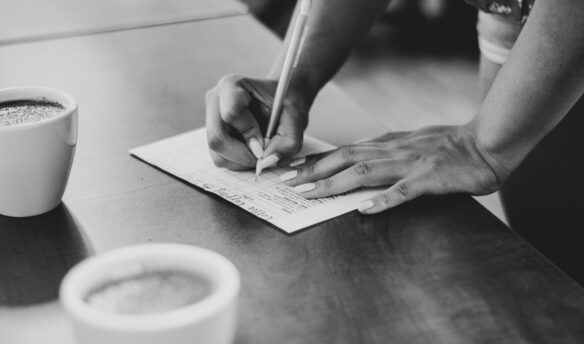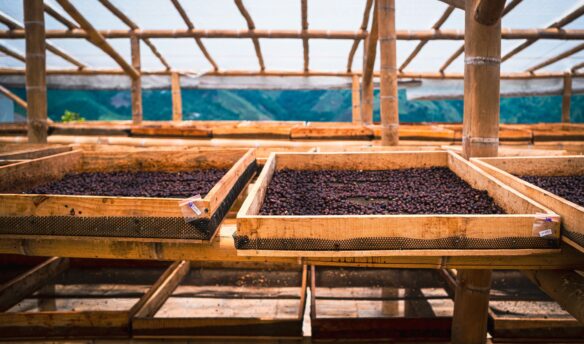✉️ This story was featured in this week’s Coffee News Club
👋 Get the Coffee News Club newsletter in your inbox weekly—sign up.
We’ve reported before about studies that show plastic to-go cups can leach microplastics. One study estimated that drinking one cup of coffee from a takeaway cup each week could mean ingesting 90,000 microplastic particles each year.
New research affirms that fact, albeit with less terrifying numbers (what’s a non-terrifying amount of microplastics to ingest?).
A study from the U.K., published in Science of the Total Environment, examined a selection of common beverages to see how much microplastics each one contained. They examined 155 samples of drinks in various containers, ranging from hot coffee in plastic-lined takeaway cups to iced coffee, tea, and energy drinks. Each sample was filtered and tested using advanced microscope imaging techniques to establish the size and type of microplastic.
The researchers found microplastics in every sample, but hot coffee and tea fared the worst: on average, hot coffee had 43 particles per liter, while hot tea had 60; iced coffee, meanwhile, contained around 37 particles per liter.
This might seem low compared to previous studies, which is something the authors acknowledge. They note, however, that those studies included cellulose-based microplastics while their research focused on synthetic microplastics. “As a natural polymer, cellulose does not pose the same persistence, health risk or environmental threat as synthetic polymers, given its natural occurrence and biodegradability in the environment,” they write.
The plastics identified most often—polypropylene, polystyrene, polyethylene, and polyethylene terephthalate—are all used in packaging, which the authors identified as the primary source of microplastics in drinks. However, the wide variety of plastic types suggests additional sources of contamination, from water, atmospheric fallout, transport, and preparation.



